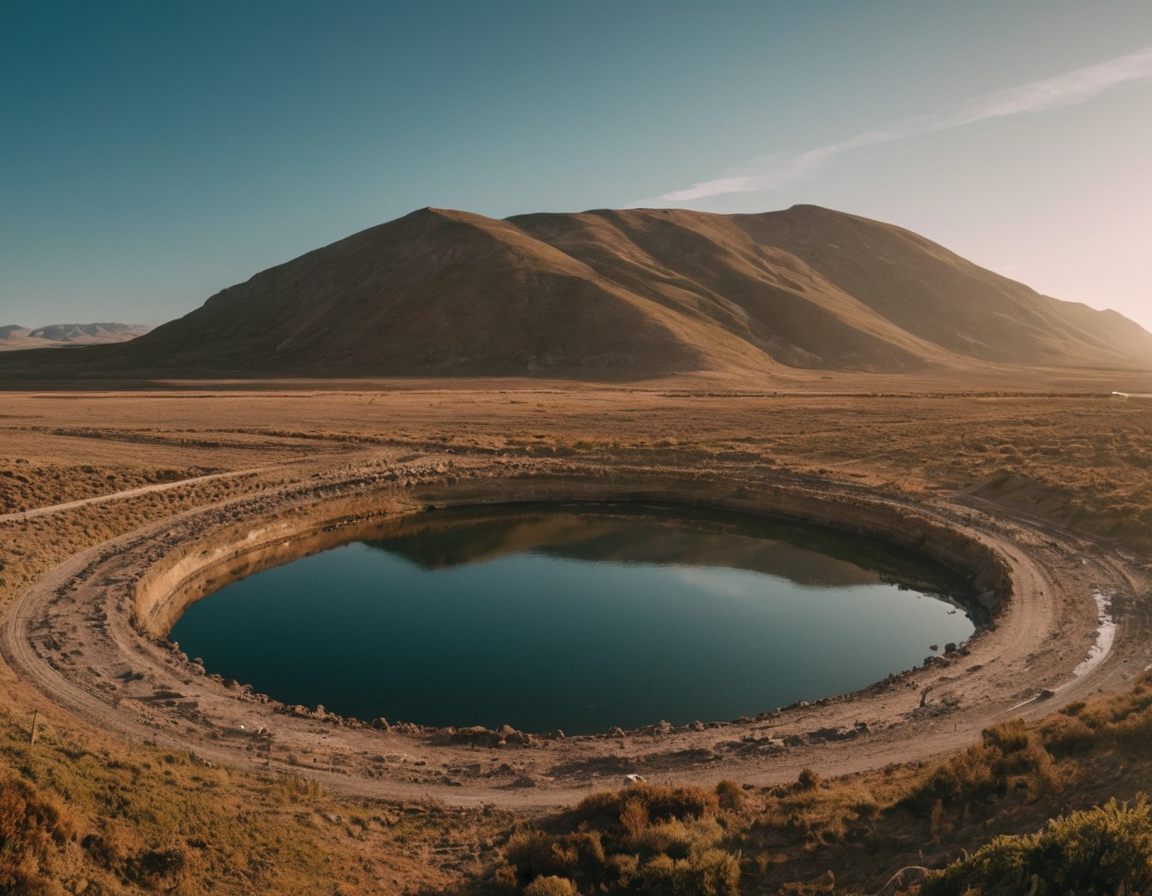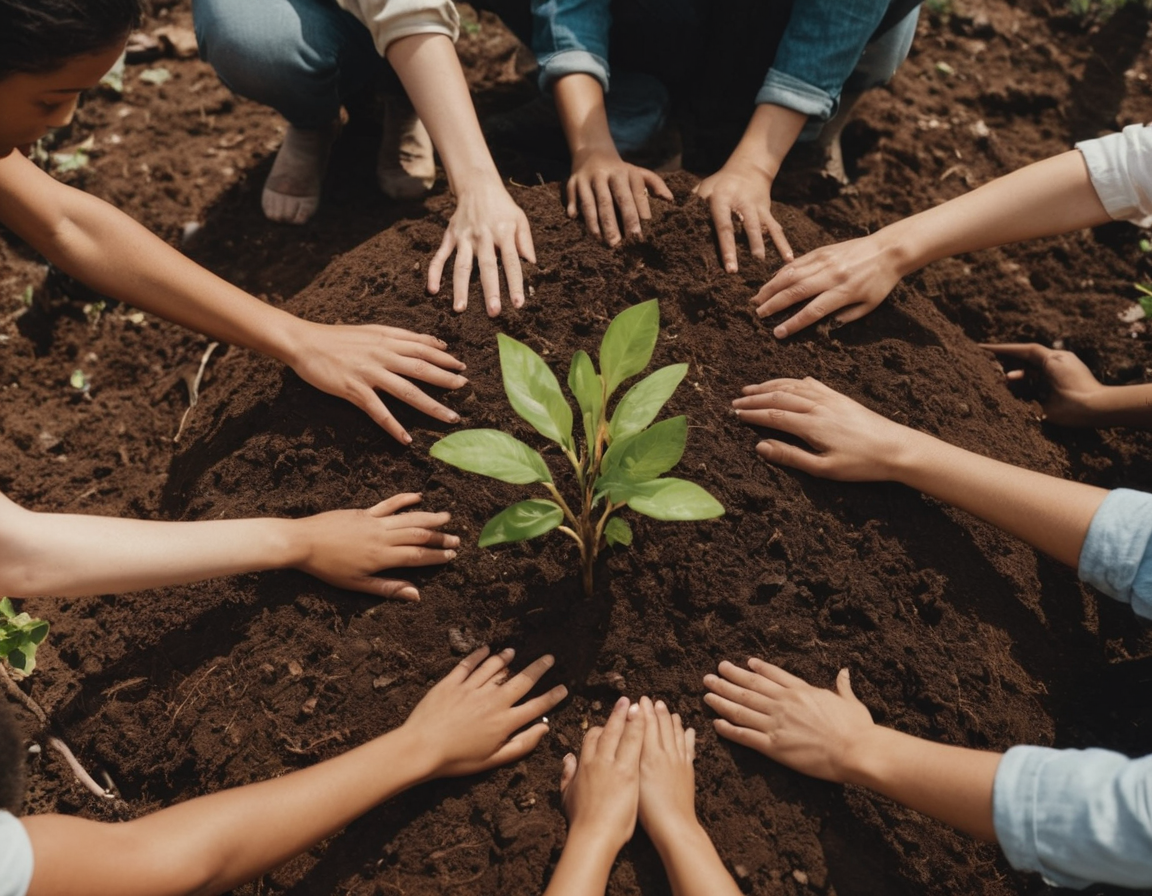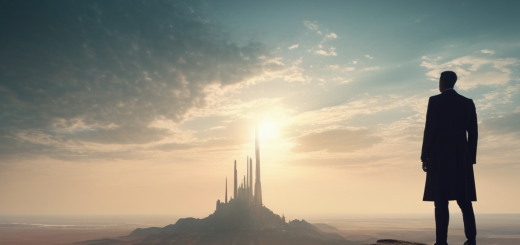Embracing Sustainability: A Deep Dive into the Circular Economy Model
Understanding the Circular Economy Model
In today’s world, sustainability has become more than a buzzword; it’s a necessity. As climate change continues to pose a significant threat to our planet, the concept of a circular economy has surfaced as a transformative solution. But what exactly is a circular economy? Let’s unravel the complexities of this innovative model.

What is a Circular Economy?
Unlike the traditional linear economy, which follows a ‘take-make-waste’ pattern, a circular economy is designed to be restorative and regenerative by intention. It emphasizes keeping products, components, and materials at their highest utility and value at all times. This model challenges the status quo by redefining growth, focusing on positive society-wide benefits. It decouples economic activity from the consumption of finite resources, and it’s underpinned by a transition to renewable energy sources.
The Principles of a Circular Economy
- Design out waste and pollution: By rethinking and redesigning products and packaging, waste can be minimized from the start.
- Keep products and materials in use: This principle encourages the use of products for an extended period through repair, refurbishment, and recycling, maximizing their lifecycle.
- Regenerate natural systems: A circular economy aims to enhance natural resources by returning valuable nutrients to the soil and other ecosystems.

The Impact of a Circular Economy
Embracing a circular economy can have profound effects on the environment, the economy, and society. It can help tackle pressing global challenges such as climate change, biodiversity loss, waste, and pollution. By encouraging innovation and creating new job opportunities, it also presents significant economic advantages.
Real-World Applications
Many businesses and governments around the globe have started to adopt circular economy principles. Companies are discovering that designing for longevity can lead to new revenue streams like leasing, remanufacturing, or offering products as a service. Governments are implementing policies to promote waste reduction and resource efficiency.
Challenges and Considerations
Transitioning to a circular economy doesn’t come without its challenges. It requires a systemic shift in how we produce and consume goods. Key challenges include developing new business models, influencing consumer behavior, and designing products that can be easily repaired and recycled.

Conclusion
The circular economy presents a pathway to sustainable living that benefits the environment, the economy, and society alike. While challenges exist, the potential for positive change makes the pursuit of a circular economy an endeavor worth striving for.
Are you ready to join the movement towards a sustainable future? Share your thoughts on how we can collectively contribute to a more circular economy.





